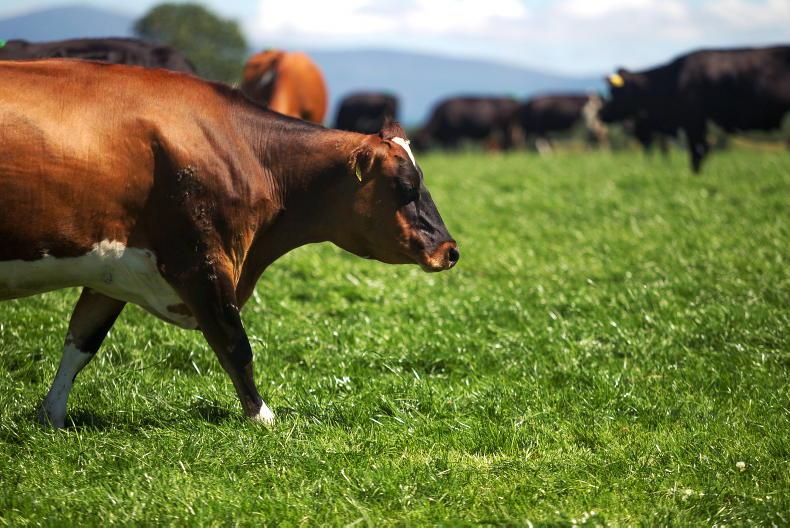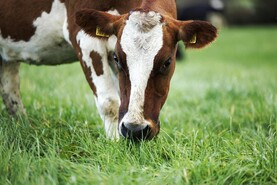Over the last number of weeks, grass quality has been the number one issue raised at the Irish Farmers Journal grassland management course meetings.
In an effort to correct quality, many farmers have cut surplus paddocks for bales, pre-mowed ahead of the cows and topped.
With rain forecast for most parts of the country this weekend, growth rates are expected to push ahead again.
This could potentially lead to higher pregrazing covers and more surplus grass becoming available.
Pregrazing target
The best way to keep quality grass in the diet is to target a pregrazing cover of 1,400kg DM/ha.
Even if quality is very good, anything over 1,500kg DM/ha is difficult to graze out fully.
Walking the farm every five days is a great way of knowing what grass is available and when paddocks are suitable for grazing. Average growth rates
Average growth rates across the country last week were 81kg DM/day. So, for example, a paddock growing 80kg DM/ha/day will increase by 400kg DM/ha over five days.
The average farm cover must not fall below 550kg DM/ha, as this could lead to a shortage of grass, as going into low covers will speed up the round too much. Target a rotation length of 18 to 21 days.
Cover per livestock unit (C/LU) or cover per cow should be between 160kg DM/LU and 180kg DM/LU.
On beef farms, days ahead should be between 12 and 14 days. Anything above this is surplus and you should consider taking a paddock out for bales.

The other two figures that are very important are growth and demand.
The relationship between these two will highlight if there is a surplus or deficit of grass coming.
Walking every five days during the main season will give an accurate growth rate.
Demand is based on your stocking rate and the kilos of dry matter of grass being allocated each day.
Grass surplus
If growth exceeds demand you are growing more than the cows/cattle are eating so this will lead to a surplus of grass.
This can be avoided by upping demand by reducing supplementation, for example nuts in the parlour, or by increasing the stocking rate (LU/ha) by taking ground out for second cut or bringing youngstock back on to the platform.
If growth falls below demand, this can lead to a deficit of grass as cows/cattle are eating more than is growing.
In this case, you need to reduce demand to match growth
In this case, you need to reduce demand to match growth.
The options here are to increase supplementation in the form of meal or silage, reduce stocking rate (LU/ha) by bringing ground that may be marked for silage back into the rotation or by moving young stock to another block.
Taking surplus grass out of the system as soon as possible will ensure grass is back on that paddock in time for the next rotation.






 This is a subscriber-only article
This is a subscriber-only article











SHARING OPTIONS: